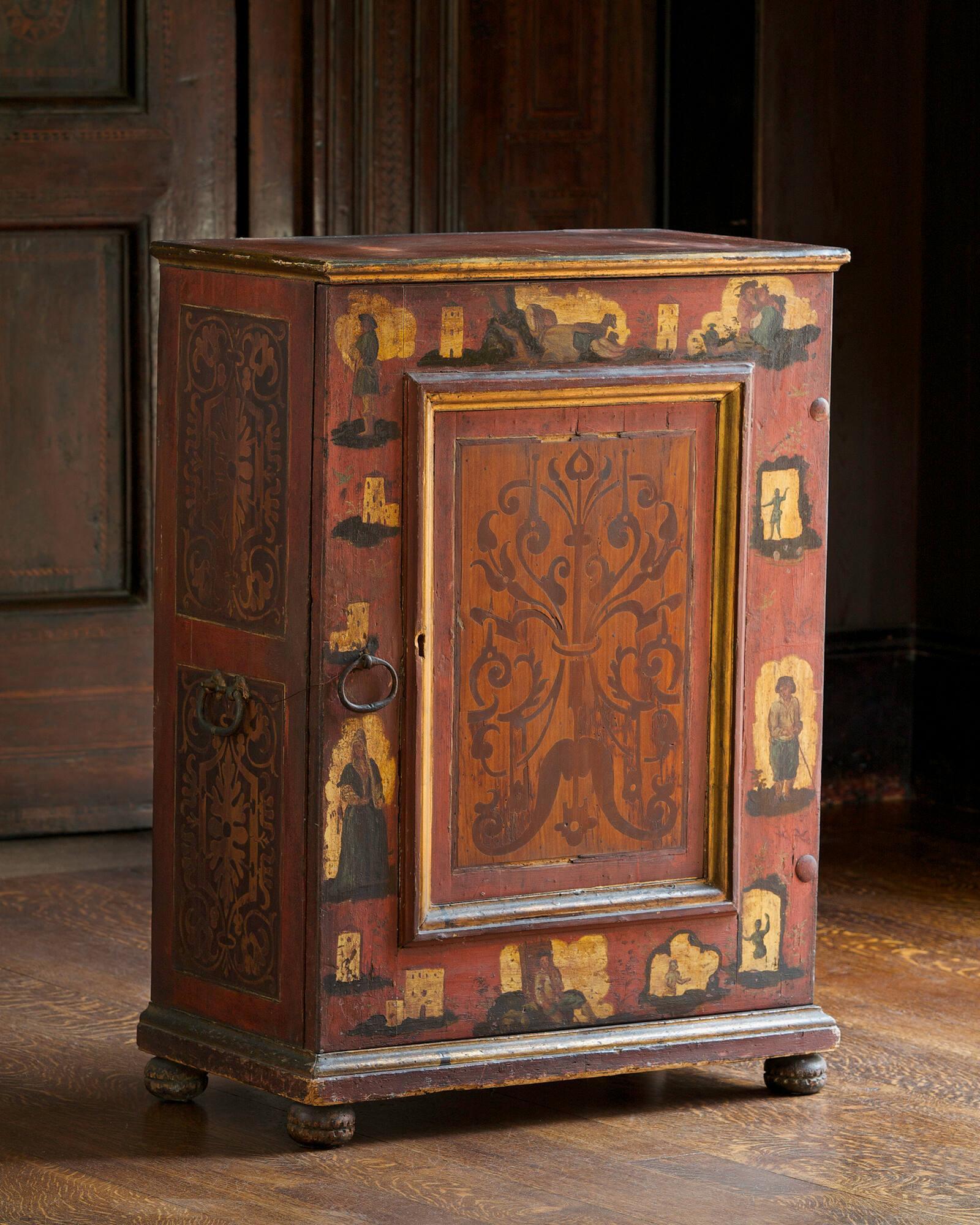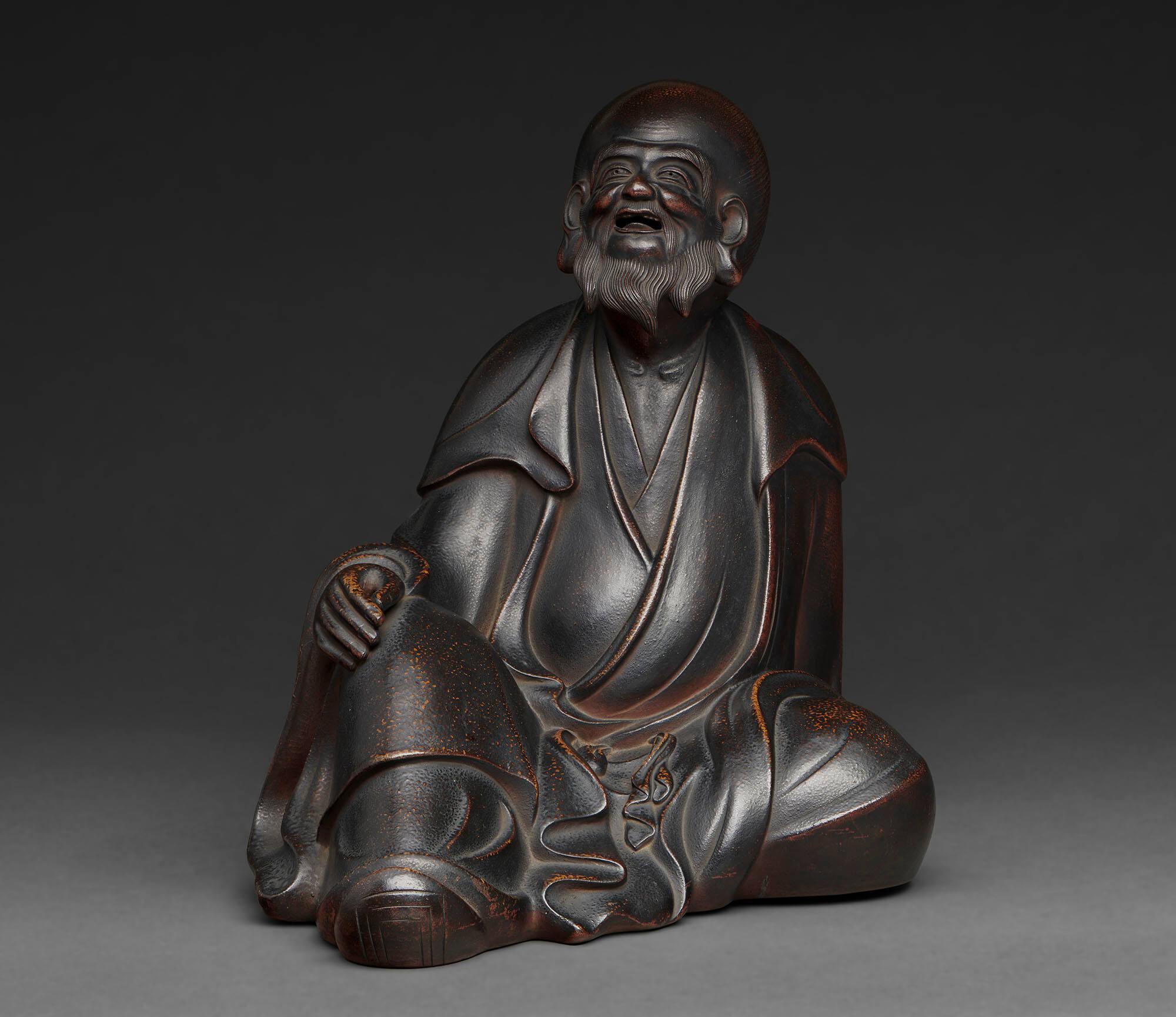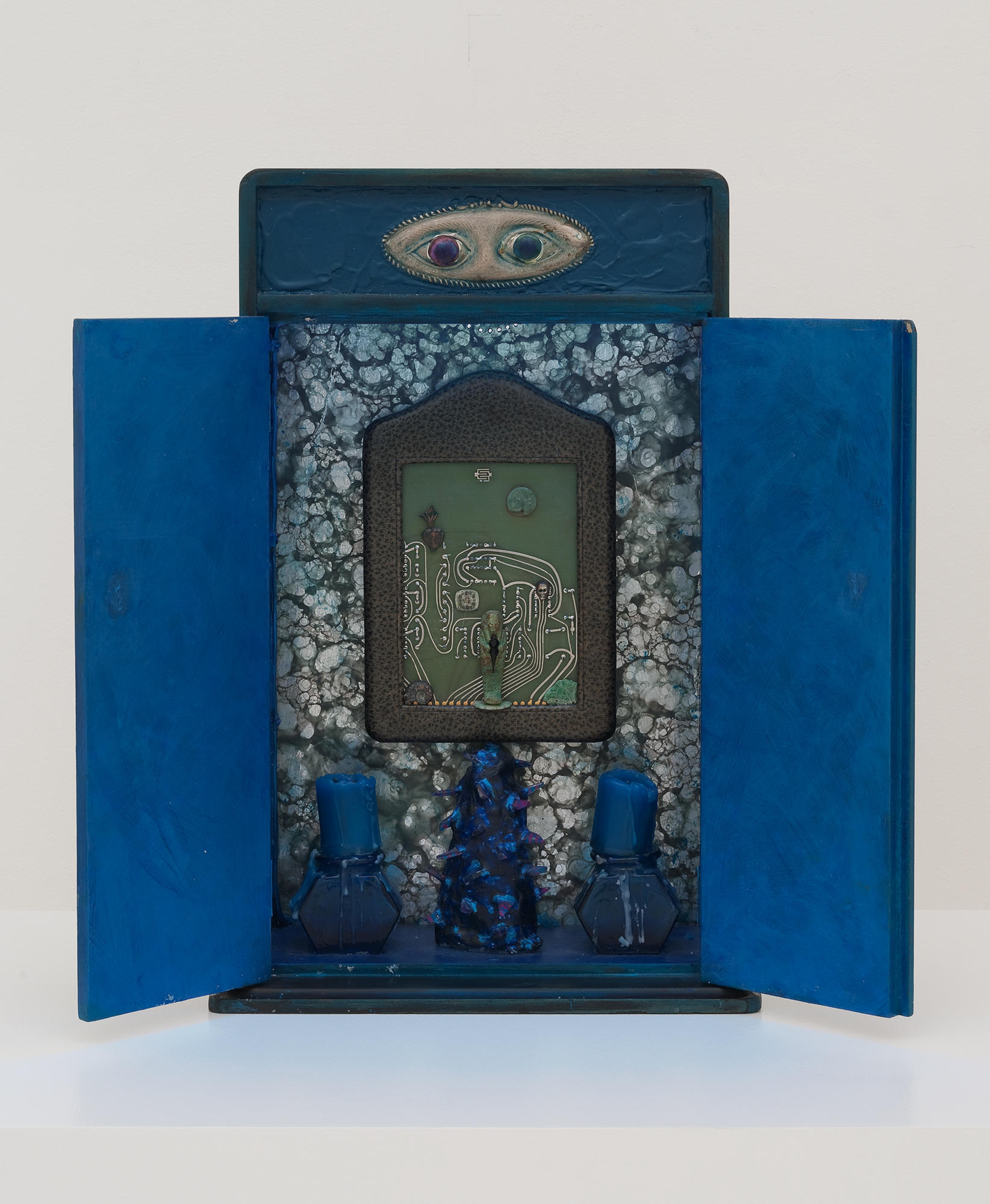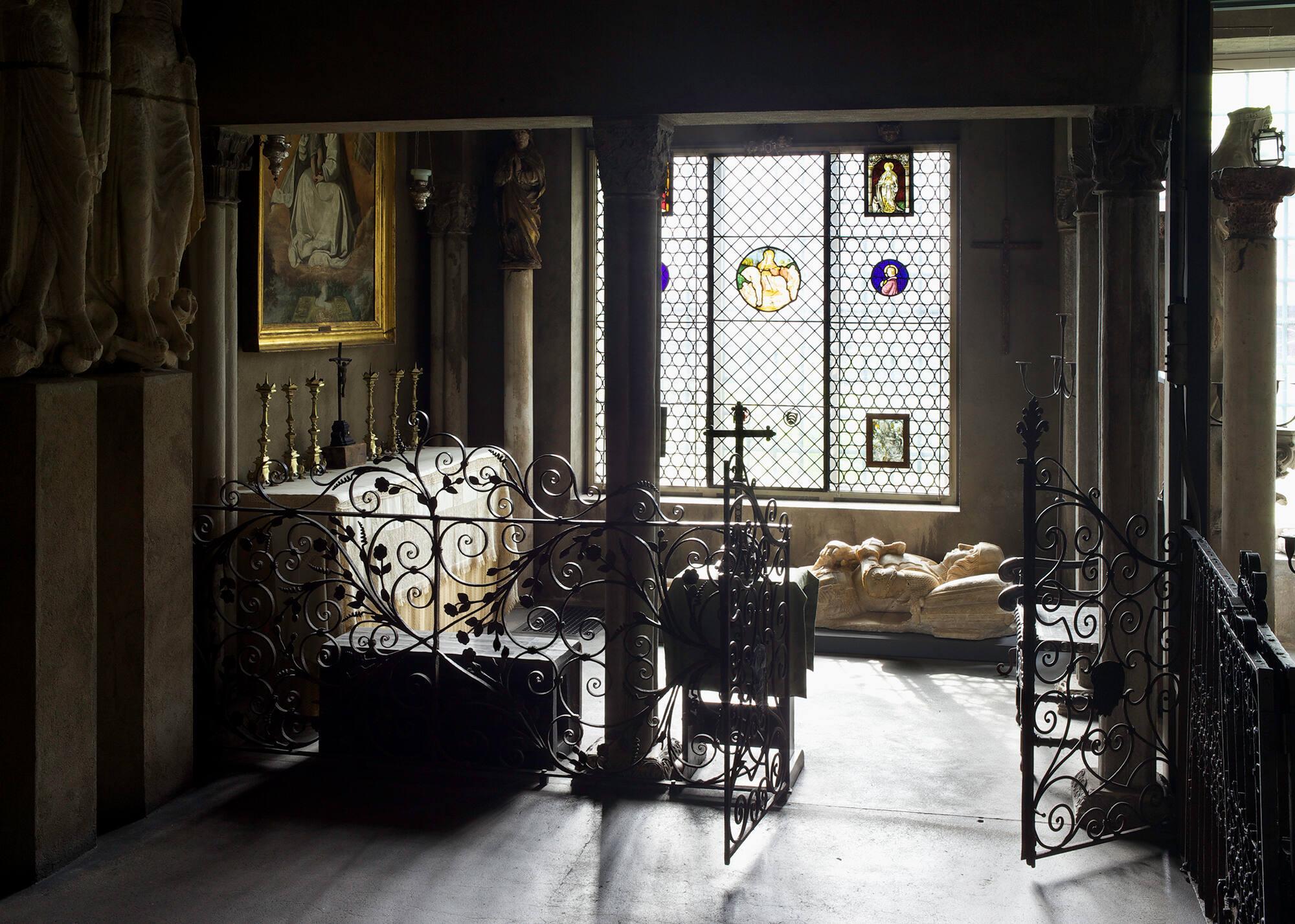On a predictably cold March evening in 1994, hundreds of people filed into the Museum’s Tapestry Room. A lectern and projector screen had been set up in front of the gallery’s dramatic fourteenth-century fireplace. After greeting friends and colleagues, legendary contemporary artist Betye Saar (b. 1926) stepped up to the podium. Her lecture, entitled “The Art of Assemblage: Two Views,” prophetically set up the comparisons and questions at the heart of the special exhibitions, Betye Saar: Heart of a Wanderer and Fellow Wanderer: Isabella’s Travel Albums, on view February 16–May 23, 2023.
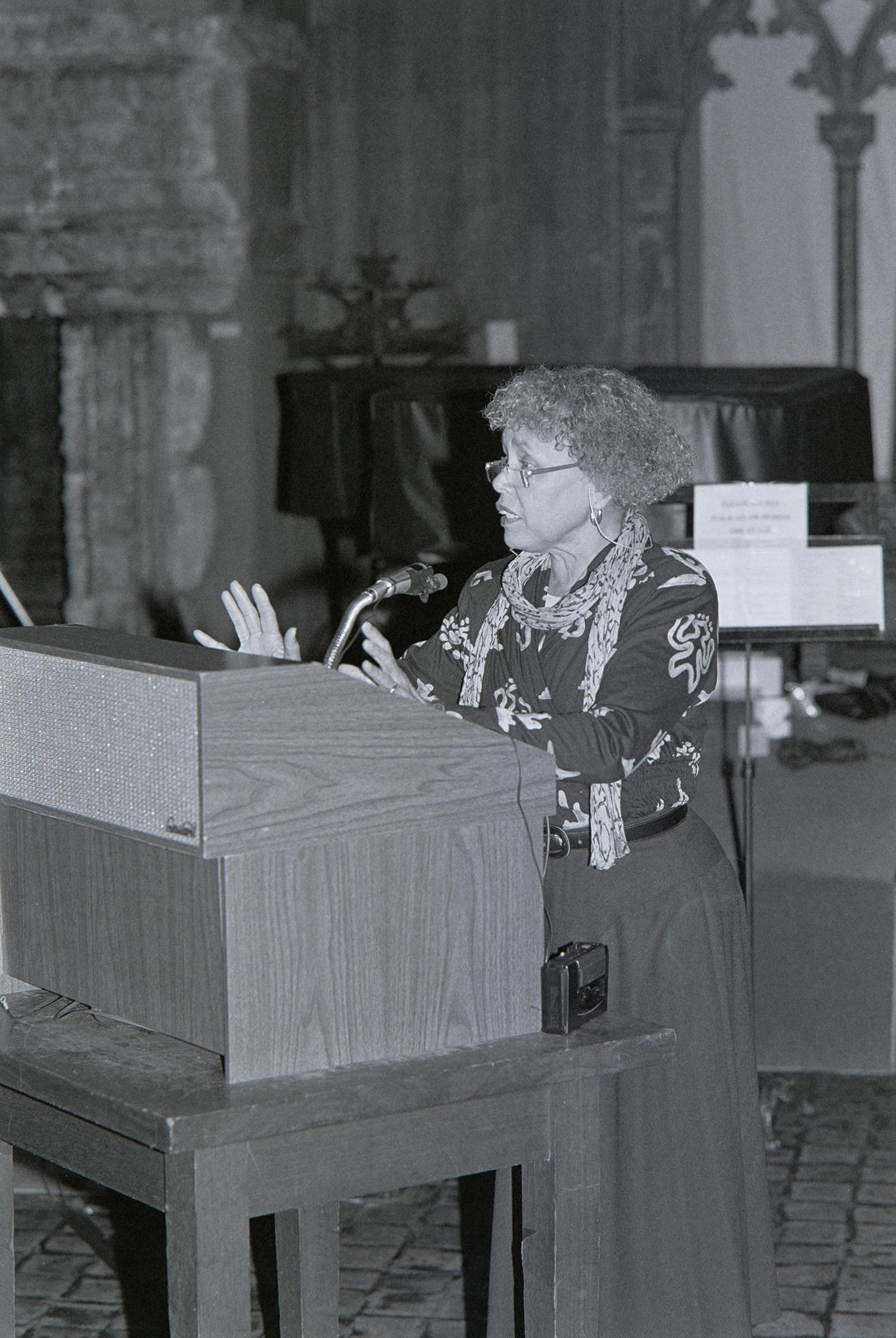
Archives, Isabella Stewart Gardner Museum, Boston
The artist described her first encounter with the Isabella Stewart Gardner Museum:
When you first walk into this place, you’re sort of overwhelmed by all the things you see. This lady liked to collect. This lady collected people, musicians, artists, family. She collected things. She collected paintings. She collected fine art, plants, all sorts of things. Her tastes were very eclectic. But there were certain things that I gravitated to. They were mostly the pieces that seemed to relate to my assemblages.
Fascinatingly, for the remainder of her talk, Saar presented comparisons between her contemporary assemblages—artworks made by assembling disparate elements scavenged or purchased by the artist—and the different installations Isabella Stewart Gardner created in her museum. In particular, the artist highlighted the importance of global travel and cross-cultural collecting for both herself and for Isabella.
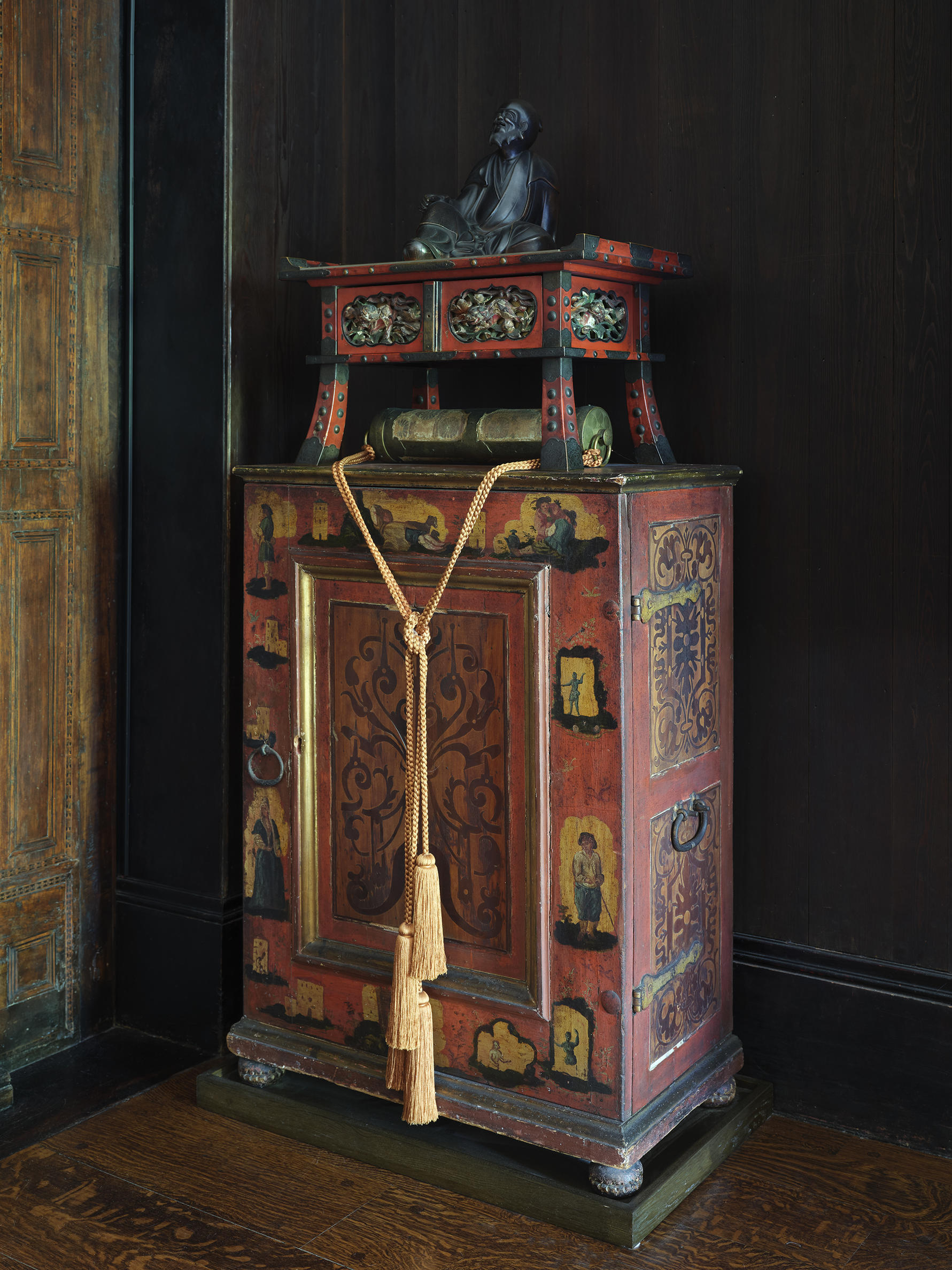
Isabella Stewart Gardner Museum, Boston
An installation created by Isabella Stewart Gardner in the Early Italian Room
For example, describing an installation on top of a cabinet in the museum’s Early Italian Room, Saar remarked:
"It’s very interesting because it’s so much like the way I do work balancing things … getting smaller and smaller to the top. As this gorgeous, gold-colored cord that’s draped down. The cord is attached to a scroll holder [Hanging Amulet Holder].… And it rests under a Japanese temple table [Writing Desk]. That has mother-of-pearl inlay on that. And on top of that is a sculpture of the Chinese poet, [Li Po] and it’s Japanese pottery. It’s sort of like an international piece that showed what her journeys were, where her trips were. And things that she was attracted to. And then later how she assembled them in the palace and her museum."
Tellingly, she highlighted a part of the museum that combines objects from or related to Italy, China, and Japan.
Both she and Gardner visited all of these countries roughly a century apart from one another—as documented in each woman’s travel sketchbooks and albums. Like Gardner, Saar was deeply moved and inspired by their trips to these places. The artist described how she aims to capture the transporting experience of travel—particularly travel to sacred or spiritual places—in her artworks. She drew a comparison between her work Indigo Illusions (1991) and an image of the Spanish Chapel, one of the most meditative and altar-like spaces in the museum.
She spoke beautifully about the effect that both she—and Gardner—aimed to have on audiences:
It’s the spirituality that I’m after, which is not so much—that’s sort of strange, too, because spirituality means different things to different people. But it’s the feeling that I’m after. The feeling that when you look at something that I do, that you feel different. Or, I can’t say elevated or something, but curious about something that is unknown in your own self. And that’s what I sort of meant about her curiosity, Mrs. Gardner’s curiosity. About how, in our own path, we are searching for that link between ourselves and others. That’s what I would like to have in my work.
Like Betye Saar, come to the Gardner Museum to experience curiosity, the evocation of spirituality, and “the feeling that when you look at something…you feel different.”
You May Also Like

Gift at the Gardner
Heart of a Wanderer: Betye Saar

Gift at the Gardner
Fellow Wanderer: Isabella Stewart Gardner’s Travel Albums

Read More on the Blog
Listening, Learning, Meditating: Isabella’s Journey with Chinese Art
